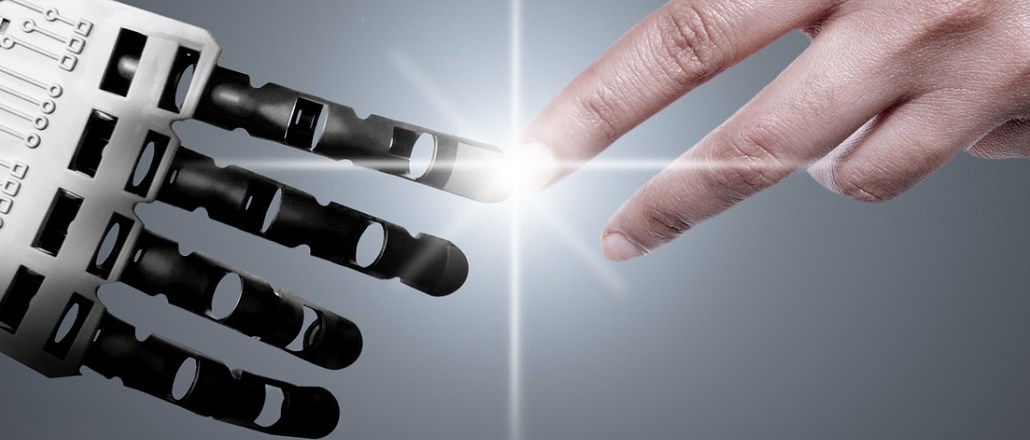Why Penske Media, Amnet and The Economist are embracing automated guaranteed

Iris Portillo, Senior Manager, Publisher Sales, Adslot
Automated guaranteed has transformed since its debut, from a transactional technology for direct media buying into a full suite of campaign management tools. Once considered a relative of traditional RTB (Real-time bidding) or ad exchanges, automated guaranteed has blossomed beyond the simple acquisition of reserved inventory.
Originally AG only let buyers choose from predefined inventory offered by publishers, and agencies felt they were only being exposed to a subset of what was available. Furthermore, AG platforms provided no opportunity to request unique or custom products, making high-value inventory seem inaccessible.
It’s a natural evolution for automated guaranteed to develop briefing capability. Automated guaranteed and the RFP market share many of the same properties; there is always a known buyer, price, placement, and flight dates.
With the release of briefing capabilities, AG upgraded to a full platform for consolidation at all campaign stages. The opportunity for buyers to send full brief details – disclosing desired placements, audiences, KPIs, and more – has changed where buyers see AG in their planning workflow. The addition of in-line chat and communication tools to AG platforms facilitate direct conversation between buyers and sellers and increase clarity for both parties.
As a result, the technology is empowering publishers who need to preserve the direct sales channel and the forward guaranteed market. Letting publishers control their inventory and communication with agencies enables them to protect their inventory and preserve its value. This is demonstrated by the types of inventory being transacted through the AG pipes, from general run of site inventory to premium products such as homepage takeovers, video walls, and more custom offerings.
Vinh Chung, director of programmatic sales at Penske Media, has embraced automated guaranteed for its streamlined workflow. “Efficiency is a big one. Streamlining the negotiation process – less emails going back & forth, when you’re trying to negotiate rates, pitch custom units…also unifying all the communication through a single platform is very beneficial as well. I feel the AG strengths definitely are beneficial on the demand side but very crucial for publishers.” Communication and relationships are vital to the success of automated guaranteed and the premium publishers who use it.
All forms of programmatic share one characteristic, they provide a more efficient transaction. AG does this by strengthening the direct sales channel through automation. As a result, embracing AG helps publishers preserve the forward guaranteed model. AG was built to complement direct sales, not to conflict with it. Taking advantage of automation means less time is spent on administrative tasks the more time can be invested in managing relationships, up-selling, and prospecting for new clients.
According to a State of the Industry report from Digiday – 77 percent of publishers respond to RFPs, with teams spending 518 hours per month on campaign planning alone. Automating sales and operations provides significant value for publishers. That’s the bottom line.
Replacing the manual trafficking of campaigns with quality integrations is a requirement for publishers. Michelle Zitz, programmatic director at The Economist Group, prefers to automate whenever possible using AG technology.
“From a logistical standpoint, being able to manage optimizations literally with a simple click of a button without having to get a revised IO and put things through a platform…that is huge.” The optimization process no longer requires the printing, signing, and faxing of insertion orders. The integrations between AG tech and publisher ad servers allows for immediate optimizations, increasing effectiveness and better outcomes for clients.
What’s next for automated guaranteed? According to Technavio’s research, automated guaranteed is the fastest growing segment within programmatic and is predicted to grow to 22 percent by 2020. As such, adoption is increasing on the buy side as well. Amnet, the programmatic specialists of the Dentsu Aegis Network, actively champions automated guaranteed. Automated guaranteed grew 44 percent within Amnet’s direct programmatic spending between January to December of last year. They’ve incorporated AG holistically and show no signs of slowing.
Automated guaranteed is no longer just about transactions. It’s about the discovery, planning, automation, and management of campaigns. AG initially provided agencies with centralized access to premium inventory while streamlining their workflow. Recent advancements have increasingly benefited publisher operations, truly complimenting their direct sales efforts; becoming a technology platform that provides significant operational efficiency and protects their relationships in-market.
More from Digiday

Pitch deck: How Amazon is recasting Twitch as a core part of its CTV pitch
Amazon is positioning Twitch as a defining asset in its CTV ambitions.

Netflix transforms former mall department stores into experiential venues
The location in Dallas opens this week, and one at the King of Prussia mall near Philadelphia opened last month.

In Graphic Detail: What to expect in media in 2026
Programmatic mix will broaden, while AI investment will both drive ad investment and steal focus from other marketing priorities.





